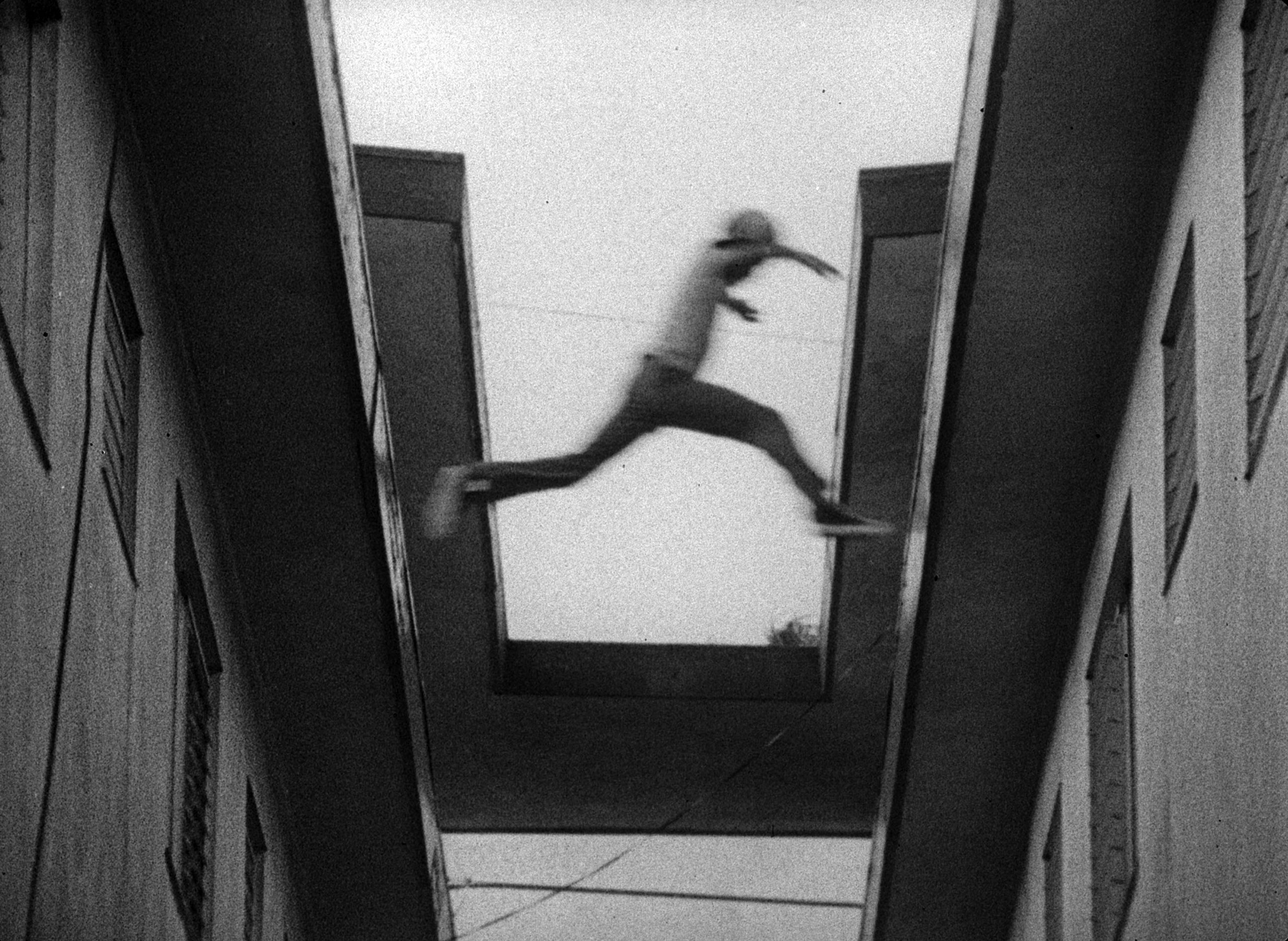The maverick filmmakers of 1970s Hollywood—Scorsese, Coppola, De Palma—took big-studio money and spun it into works of thrilling inventiveness. But the decade also belongs to another kind of risk taker: independent filmmaker Charles Burnett shot his first feature, Killer of Sheep, on weekends in the community of Watts, where he’d grown up. His budget was less than $10,000, much of it grant money; the film would be his MFA thesis project at UCLA. Killer of Sheep is a movie about family life, about neighborhoods, about the perennial business of kids’ going around just doing what kids do. Stan (Henry G. Sanders) works in a slaughterhouse to support his wife (Kaycee Moore) and their two young kids (played by Angela Burnett, the director’s daughter, and Jack Drummond). The job numbs him; he has little emotional energy left for his wife, whose love for him runs deep—in one scene, the two slow-dance in the family living room to Dinah Washington’s “This Bitter Earth,” and though she strokes his shoulders with an almost electrical tenderness, she can’t shift his faraway gaze. Yet this is anything but a punishing study of poverty and suffering. The characters’ dialogue crackles with live-wire believability. The neighborhood kids—little groups of restless thrill seekers, roaming their neighborhood kingdom in T-shirts and sneakers—pick minor fights, stumble while running or roughhousing, and just generally hang out. The texture of life is all over Killer of Sheep like a fingerprint, proof that the most daring filmmaking can spring from your own backyard.
- Donald Trump Is TIME's 2024 Person of the Year
- Why We Chose Trump as Person of the Year
- Is Intermittent Fasting Good or Bad for You?
- The 100 Must-Read Books of 2024
- The 20 Best Christmas TV Episodes
- Column: If Optimism Feels Ridiculous Now, Try Hope
- The Future of Climate Action Is Trade Policy
- Merle Bombardieri Is Helping People Make the Baby Decision
